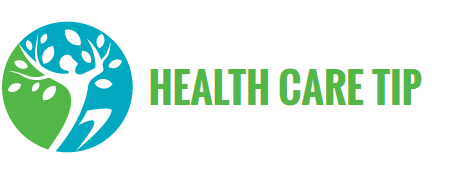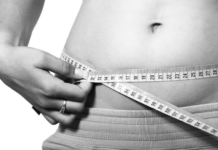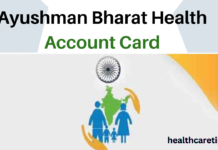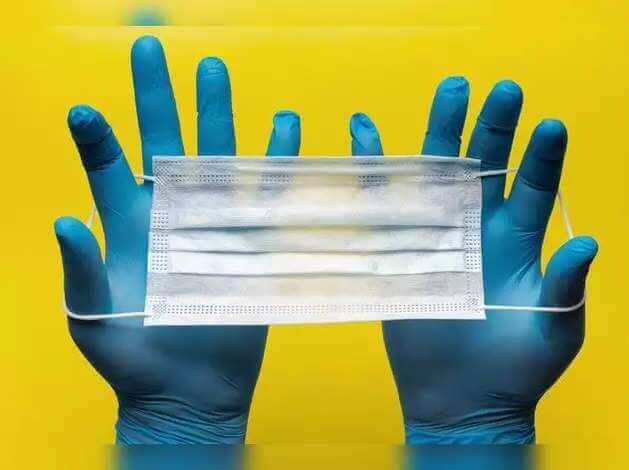The first tip for dental care and oral health is to pay attention to your overall oral hygiene. Brushing your teeth at least twice a day is essential. It will help remove plaque and bacteria that can build up around your teeth and on your gums. Also flossing daily is necessary because your teeth and gums need regular maintenance to stay healthy. When you visit your dentist, you should be sure to ask what kinds of fluoride and other minerals in your teeth need to remain healthy.
There are many new and improved dental care procedures available today that can help keep your teeth healthy and prevent cavities. This article will give you some helpful tips for dental care and oral health.
Think you know everything about brushing and flossing techniques? Learn the basics and what you can do to promote oral health.
Your smile and your overall health depend on simple dental care habits, like brushing and flossing. But are you using the correct techniques? Follow these steps to protect your oral health.
Contents
Brushing for oral health
Oral health begins with clean teeth. Keeping the area where your teeth meet your gums clean can prevent gum disease, while keeping tooth surfaces clean can help you avoid cavities and gum disease. Remember these brushing basics in mind:
Brush your teeth twice a day
When you brush, don’t rush. Take about two minutes to do a thorough job. Don’t brush immediately after eating, especially if you’ve ingested something acidic like grapefruit or soda. Don’t forget to clean your tongue, which harbors bacteria, with a toothbrush or tongue scraper.
Wear the right gear
Use a Fluoride toothpaste and a soft-bristle toothbrush that fits comfortably in your mouth. Consider using an electric or battery-operated toothbrush, which can reduce plaque and a mild form of gum disease (gingivitis) more than manual brushing. These devices are also helpful if you have arthritis or other problems that make effective brushing difficult.
Practice good technique
Hold the toothbrush at a slight angle: pointing the bristles toward the area where the teeth meet the gums. Brush gently in short back and forth circular motions. Brushing too hard or with stiff bristles can damage the gums.
Brush your teeth for two minutes. Remember to brush the outside, inside, and chewing surfaces of your teeth, as well as your tongue.
Keep your equipment clean
Always rinse your toothbrush with water after brushing. Store your toothbrush upright and let it air dry until you use it again.
Try to keep it separate from other toothbrushes in the same holder to avoid cross contamination. Don’t routinely cover toothbrushes or store them in closed containers, as this can stimulate the growth of bacteria, mold, and yeast.
Know when to replace the toothbrush
Invest in a new toothbrush or replacement battery or electric toothbrush head every three months, or sooner if the bristles become frayed or uneven.
Using dental floss for oral health
Flossing daily is also important for oral care. You should get into the habit of brushing your teeth twice a day, no matter what type of oral hygiene you practice. Brushing removes debris that can lead to plaque and cavities, while flossing removes particles that can get caught between teeth and under the gum line.

Don’t skimp
Break about 18 inches (46 centimeters) of floss. Wrap most of the floss around the middle finger with one hand and the rest around the middle finger with the other. Hold the floss firmly between your thumbs and index fingers.
Be careful
Guide the floss between your teeth in a rubbing motion. Don’t floss your gums. When the floss reaches the gum line, run it against one tooth and form a C shape.
Take it one tooth at a time
Slide the floss into the space between the gum and the tooth. Use the floss to gently rub the side of the tooth in an up and down motion. Unroll the fresh floss as you work your way through the rest of your teeth.
Keep it up
If flossing is difficult for you to handle, use an inter dental cleaner, such as a toothpick, threaded floss, tiny brushes that penetrate between teeth, a water floss, or a wood or silicone plaque remover.
As long as you do a thorough job, it doesn’t matter if you brush or floss first.
Other tips for oral health care
In addition to daily brushing and flossing, consider using mouthwashes that contain fluoride to promote oral health.
Also, resist the temptation to use toothpicks or other objects that can damage your gums and let bacteria in. If you smoke, try to quit. Tobacco use increases the risk of many diseases, such as periodontitis and tooth loss.
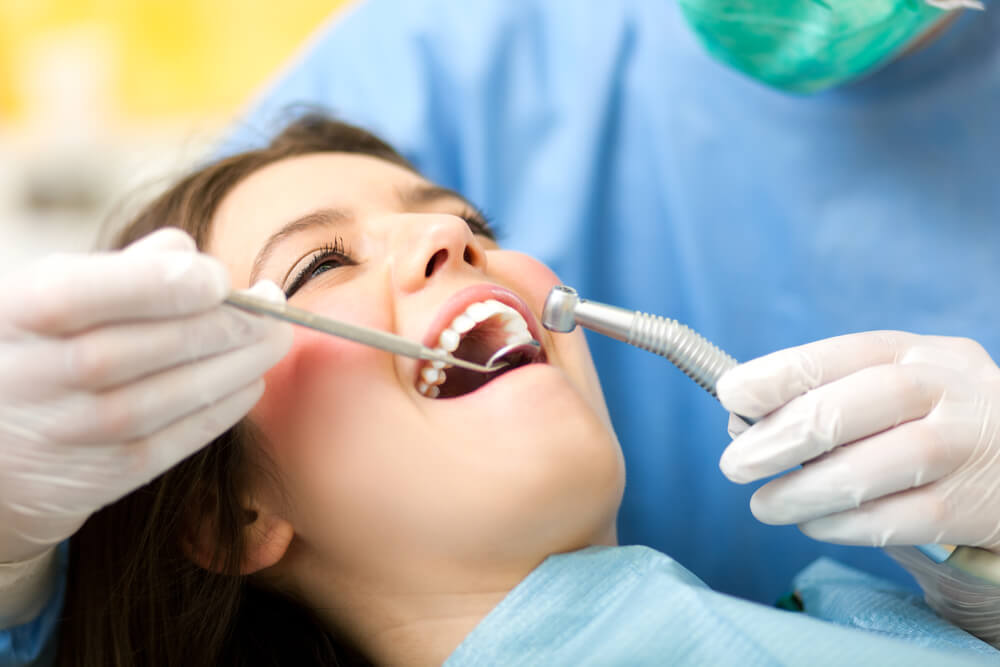
When to see the dentist
To prevent gum disease and other oral health problems, schedule regular dental exams and cleanings that include X-rays. In the meantime, contact your dentist if you notice any signs or symptoms that may suggest oral health problems, such as the following:
Red, tender, or swollen gums
Gums that bleed when you brush or floss
Gums that begin to separate from the teeth
Loose permanent teeth
Unusual sensitivity to cold and heat
Persistent bad breath or an unusual taste in your mouth
Pain when chewing
An overview of Dental care and oral health will help you understand what to do when something is wrong. If you or someone in your family develops gum disease, it is important to pay attention to oral hygiene and see your dentist as soon as possible.
This disease can be very serious and cause irreversible damage if left untreated. A good dentist will be able to help treat the disease and prevent it from coming back. Your family dentist should also be able to inform you on the importance of caring for your oral hygiene.
Remember that early detection and treatment of problems with the gums, teeth, and mouth can help ensure a lifetime of good oral health.
